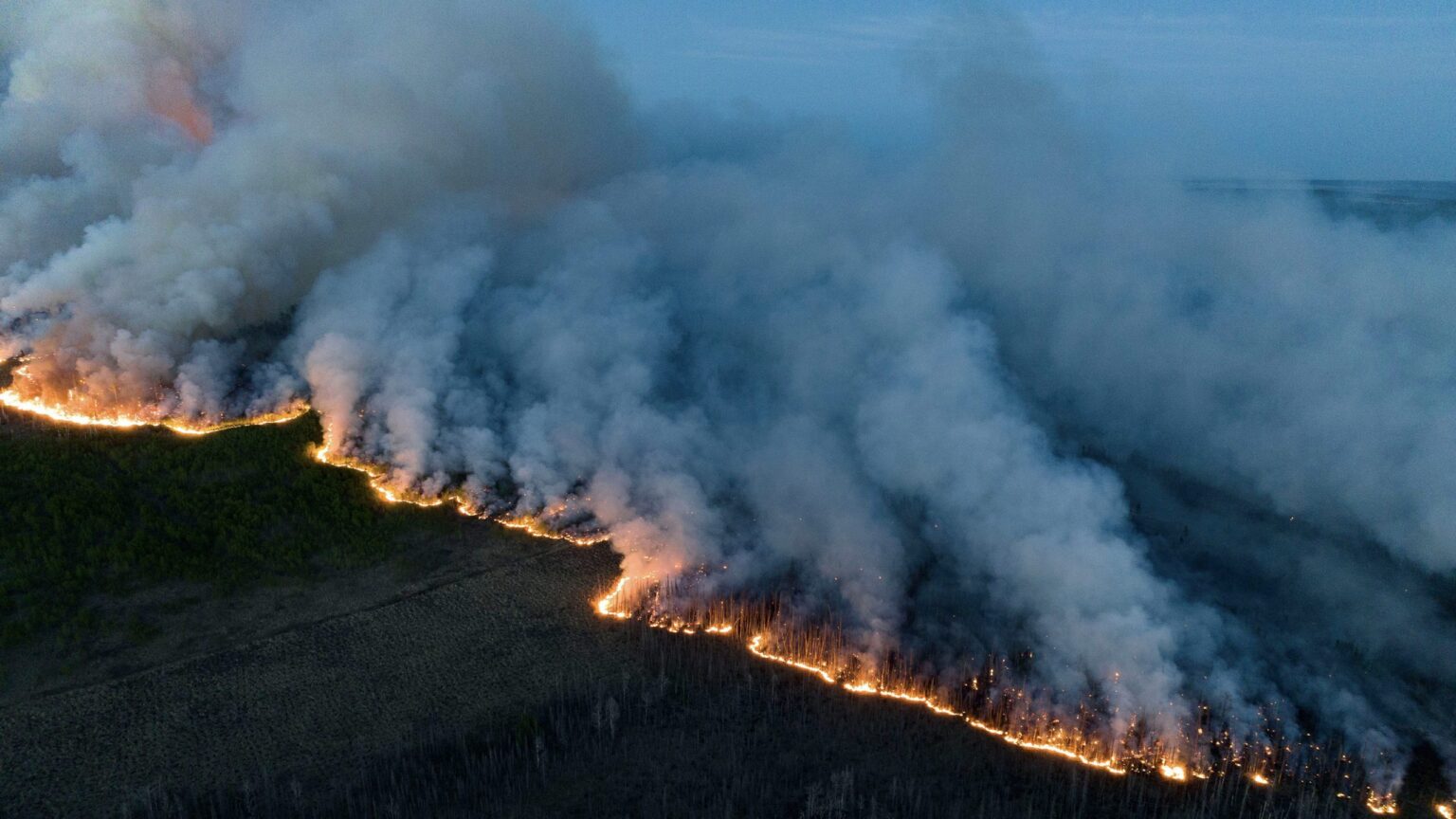Canada is once again facing a devastating wildfire season that is affecting not only its wildlife but also has detrimental air-quality impacts beyond borders. Fire started erupting in late May, specifically in British Columbia and Alberta, prompting swift emergency responses. Compared to 2023’s historic fire season, which affected over 45 million acres, this year’s outbreak is already drawing concern for its intensity and early onset.
This is not just about the speed of this outbreak but the intensity and scale of the fire. Since dry conditions are lingering from an unusually warm spring, residents and officials are embracing themselves for another record-breaking summer of flames and smoke.
Where are the Fires Burning?
The worst-hit areas are as follows:
- British Columbia: Over 320,000 hectares have already been scorched.
- Alberta: As of June 1st, there are more than 210 active fire incidents.
- Saskatchewan: Due to strong winds, this area is experiencing rapid expansion in wildfire.
Lightning strikes are the leading natural cause of these wildfires. However, officials have also reported human-related ignition incidents like campfires and machinery sparks.
This year’s wildfires are different due to the prolonged drought, record-low soil moisture, and persistent heat domes. All of these conditions contribute to tinderbox conditions across western provinces of Canada.
Weather and Climate Triggers
Rising global temperatures are posing significant threats to weather stability around the world. Indeed, it is one of the reasons behind Canada’s worsening fire crisis. According to Environment Canada reports, many western regions witnessed spring temperatures around 3–5°C. These are some of the anomalies combined with weak El Niño effects that are playing a central role in wildfire conditions.
Heatwaves are becoming more frequent and intense. Ultimately, vegetation is drying out while humidity levels are decreasing. NOAA links these patterns with broader climate shifts where fire season starts earlier and lasts longer than in previous decades.
Smoke and Air Quality: U.S. Regions Getting Affected
Great smoke from this wildfire is also traveling thousands of miles and has blanketed major U.S. cities:
- New York City and Boston have reported exceeding AQI levels by up to 200, which is considered “very unhealthy.”
- Chicago, Detroit, and parts of Ohio and Pennsylvania are experiencing a thick hazedisrupting daily activities.
- Washington D.C. and the Carolinas are continuously receiving air quality alerts.
These are not only the wildfires, but the jet stream and upper-level winds are playing their part in carrying the smoke south and east. As a result, it is affecting visibility and respiratory health. Schools have canceled all outdoor activities in some surrounding areas while the health departments are urging people to wear N95 masks. They are also encouraging people to use indoor air purifiers.
Emergency Measures and Response in Canada
In response to the growing threat:
- The Canadian federal government has declared a national emergency in affected provinces.
- Over 6,000 firefighters, including reinforcements from the U.S. and Australia, have been deployed.
- Satellite imaging and AI-driven fire mapping software track the spread and coordinate evacuations.
Thousands of residents have been forced to flee while temporary shelters have been set up in multiple provinces.
U.S. Responses and Collaboration
The United States has stormed up collaboration efforts in several ways:
- EPA and NOAA are actively analyzing smoke movement and issuing alerts.
- Firefighting equipment and personnel from the Pacific Northwest have been dispatched to Canada.
- A joint task force has been proposed to synchronize wildfire data sharing and disaster preparedness.
Cross-border collaboration is increasingly vital as wildfires know no borders.
The Bigger Picture: Climate, Forests, and Policy
Experts warn that Canada may enter a new era of permanent fire risk. Forest mismanagement, such as outdated thinning strategies and lack of firebreaks, has worsened the situation. Moreover, climate change has increased the volatility of fire behavior. There is a growing call for climate-adaptive land management policies, including prescribed burns, stricter land-use rules, and investment in sustainable forestry.
What Can Be Done? Safety and Prevention Tips
Guidelines for those in affected areas:
- You should stay indoors and keep windows closed during high AQI days.
- HEPA filters or air purifiers are encouraged.
- Follow local emergency alerts and evacuation orders.
- Monitor real-time AQI levels using apps like World Weather App.
- Use N95 masks if outdoors during heavy smoke days.
In the long term, both Canada and the U.S. must adopt bold climate policies, increase wildfire response funding, and educate communities about fire safety and resilience.
In a Nutshell
It is not just a Canadian crisis but a North American and global climate alarm. These fires are burning more than forests—they are scorching air quality, compromising public health, and jeopardizing economic stability. These events are stark reminders of the interconnectedness of our environment regardless of borders.
Governments, scientists, and citizens should unite behind climate action to cope with these climate threats. The skies we share tell a story of urgency, cooperation, and the need to rethink how we live with fire in a warming world!





Dia duit, theastaigh uaim do phraghas a fháil.